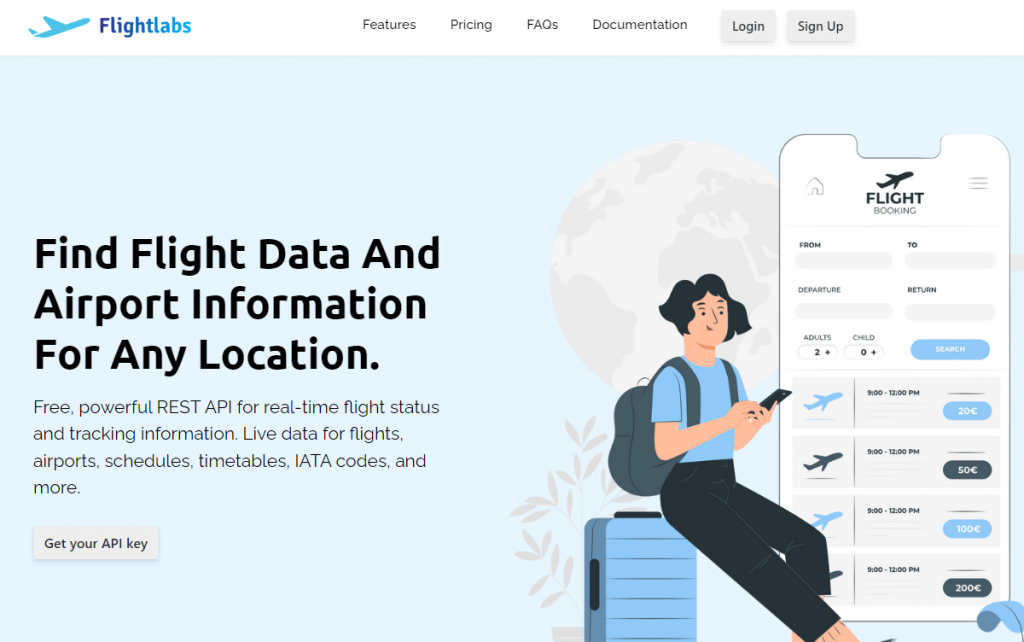As technology progresses, so too do the possibilities for the aviation industry. Data has become an integral part of every aspect of travel, and airlines are constantly looking for ways to better improve the passenger experience. Flight data holds the key to unlocking a wealth of potential applications that can help airlines optimize operations, enhance customer service, and provide travelers with real-time insights into their journey.
One way airlines are capitalizing on this is through the use of airline APIs. In this blog post, we will explore how APIs are changing the future of flight data and how they can benefit both passengers and airlines alike.
Why Flight Data Is The Future of Airlines?
Air travel has come a long way since the Wright brothers first took to the skies, but in recent years the industry has been lagging behind when it comes to technology. That is all changing now, thanks in part to the introduction of airline APIs.
Airlines are starting to realize that flight data is a valuable commodity and are investing in ways to collect and analyze it. An API (Application Programming Interface) is one way to do this, and it provides airlines with a way to connect to third-party software applications. This allows them to share data more easily and get more insights into how their operations are running.
There are many benefits of using an airline API, such as:
1. Increased Efficiency: An API can help airlines automate tasks that are currently done manually, such as booking reservations and managing customer data. This can up employees to focus on more important tasks and improve overall efficiency.
2. Improved Customer Service: By being able to access data from multiple sources, airlines can provide better customer service. For example, if there is a delayed flight, an agent will be able to quickly check other flights to see if there is an alternative that the customer can take.
3. Reduced Costs: Automating processes can help reduce costs for airlines, as well as save time. For example, if an airline does not have to manually input data into its system, it can avoid costly errors that could lead to delays or cancellations.
How It Works Flight Data API?
The Flight Data API is a set of tools that allow developers to access data about flights and airports. The API provides data for both scheduled and estimated flights, as well as information about airport delays and cancelations.
The API is designed to be used by developers who want to create applications that use flight data. For example, a developer could use the API to create an application that shows the status of all flights departing from a certain airport.
To use the Flight Data API, developers first need to sign up for an account. Once they have an account, they can generate an API key which they will need to include in all requests to the API.
Once they have an API key, developers can start making requests to the API. The website provides detailed documentation on how to make requests and what data is available through the API.
Choose Flightlabs API
The Flightlabs API is the perfect way to get started with flight data. It is a powerful and easy-to-use platform that makes it simple to connect to and manage your flight data. The Flightlabs API is available for making it an affordable option for airlines and developers alike.
With the Flightlabs API, you can:
– Get real-time flight information
– Search for flights by destination, airline, or other criteria
– Book flights and track reservations
– Manage your account and preferences
The Flightlabs API is constantly being updated with new features and improvements, so you can be sure that you’re always getting the best possible experience.



